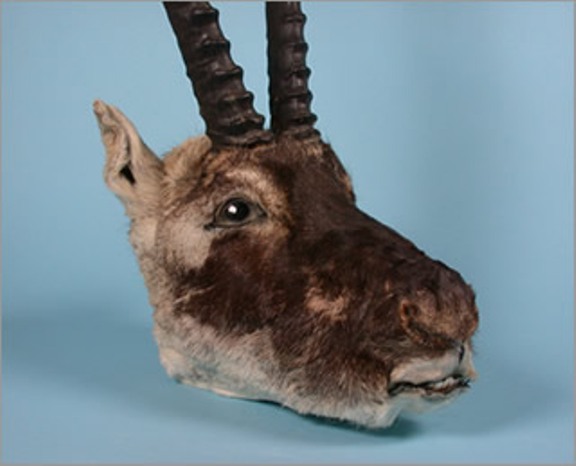
High Genes: Tibetan Antelope's Genome Sequenced

Tibetan antelopes, also known as chiru, make their living at extremely high altitudes, between 4 to 5 kilometers (2.5 and 3.1 miles) above sea level on the Tibetan Plateau. But how do they live in conditions that would kill many lesser mammals?
Researchers have sequenced their genome to find out. They compared it to genes of similar low-elevation animals and found that chiru have "signals of adaptive evolution and gene-family expansion in genes associated with energy metabolism and oxygen transmission," according to a release from BGI Shenzhen, the Chinese research institute where the work was conducted. Scientists suggest these genes help the animals survive on low levels of oxygen.
The animals' genome also contains "signals of positive selection for genes involved in DNA repair." That makes sense, given that the antelopes have to deal with high levels of UV radiation, which damages genetic material. The study was published in the journal Nature Communications.
Email Douglas Main or follow him @Douglas_Main. Follow us @livescience, Facebook or Google+.
Get the world’s most fascinating discoveries delivered straight to your inbox.

